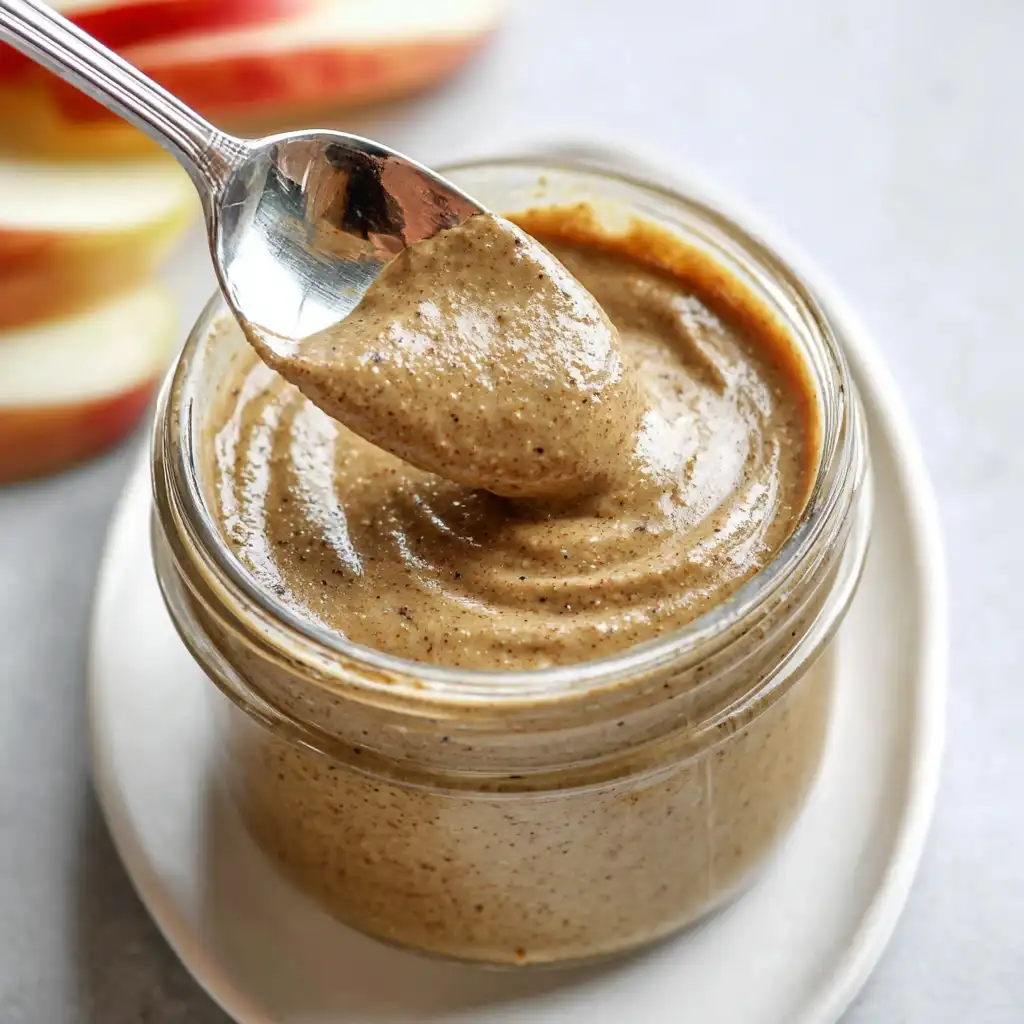
Table of Contents
How to Make Sunflower Seed Butter
Are you looking for a delicious and nutritious alternative to traditional nut butter? Making your own sunflower seed butter at home is a simple and rewarding process that allows you to control the ingredients and flavors. In this guide, we will walk you through the step-by-step process of creating creamy and flavorful sunflower seed butter right in your kitchen.
Sunflower seed butter is a versatile spread that is not only rich in nutrients but also suitable for those with nut allergies. By following this guide on How to Make Sunflower Seed Butter, you can enjoy a homemade version of this delicious butter that can be used in various recipes or simply enjoyed on toast.
So, let’s dive into the world of homemade sunflower seed butter and discover how easy and rewarding it can be to create your own spread from scratch.
Before we get started, let’s gather all the necessary ingredients to make this delightful sunflower seed butter.
Ingredients
To make sunflower seed butter, you will need the following ingredients:
– 2 cups of raw sunflower seeds
– 1-2 tablespoons of honey (optional)
– 1-2 tablespoons of coconut oil
– A pinch of salt
Now that you have all the ingredients ready, let’s move on to the step-by-step process of making sunflower seed butter.
Steps
1. Preheat your oven to 350°F (175°C) and spread the sunflower seeds in an even layer on a baking sheet.
2. Roast the sunflower seeds in the preheated oven for 10-12 minutes, or until lightly golden and fragrant.
3. Allow the roasted sunflower seeds to cool slightly before transferring them to a food processor.
4. Add the salt, honey (if using), and coconut oil to the food processor with the sunflower seeds.
Continue mixing the ingredients until you achieve a smooth and creamy consistency, scraping down the sides of the food processor as needed.
5. Transfer the sunflower seed butter to a clean and airtight container, and store it in the refrigerator for up to two weeks.
6. Enjoy your homemade sunflower seed butter on toast, in smoothies, or as a dip for fruits and vegetables.
Variations
There are endless possibilities for customizing your sunflower seed butter to suit your taste preferences. Here are a few variations you can try:
– Add a dash of cinnamon for a warm and comforting flavor.
– Mix in some cocoa powder for a chocolatey twist.
– Stir in some maple syrup for a touch of sweetness.
– Blend in some dried fruits or nuts for added texture and flavor.
Experiment with different ingredients and flavor combinations to create your own unique version of sunflower seed butter.
Tips
Here are some tips to help you make the perfect sunflower seed butter:
– Make sure to roast the sunflower seeds until they are lightly golden to enhance their nutty flavor.
– Adjust the amount of honey and salt to suit your taste preferences.
– If the sunflower seed butter is too thick, you can add a little more coconut oil to achieve the desired consistency.
– Store the sunflower seed butter in an airtight container in the refrigerator to maintain freshness.
Conclusion
Making sunflower seed butter at home is a rewarding and enjoyable process that allows you to create a delicious and nutritious spread that can be enjoyed in a variety of ways. By following the simple steps outlined in this guide on How to Make Sunflower Seed Butter, you can enjoy the satisfaction of creating your own homemade spread from scratch.
Get creative with your sunflower seed butter by trying different variations and flavor combinations to suit your taste preferences. Whether you enjoy it on toast, in smoothies, or as a dip for fruits and vegetables, homemade sunflower seed butter is a versatile and delicious addition to any pantry.
FAQs
Q: Can I use roasted sunflower seeds to make sunflower seed butter?
A: While you can use roasted sunflower seeds, it is recommended to start with raw sunflower seeds and roast them yourself to control the roasting process and ensure the freshest flavor.
Q: How long does homemade sunflower seed butter last?
A: Homemade sunflower seed butter can be stored in the refrigerator for up to two weeks. Make sure to keep it in an airtight container to maintain freshness.
Q: Can I substitute another sweetener for honey?
A: Yes, you can substitute honey with maple syrup, agave nectar, or any other sweetener of your choice. Adjust the amount to suit your taste preferences.
Q: Is sunflower seed butter suitable for nut allergies?
A: Yes, sunflower seed butter is a great alternative for those with nut allergies, as it is made from seeds rather than nuts. However, always check for cross-contamination if you have severe allergies.

How to Make Sunflower Seed Butter
Learn how to make a delicious and nutritious sunflower seed butter at home with this simple and rewarding recipe. This versatile spread is perfect for those with nut allergies and can be enjoyed in various ways.
Ingredients
- 2 cups raw sunflower seeds
- 1-2 tablespoons honey (optional)
- 1-2 tablespoons coconut oil
- A pinch of salt
Directions
- Preheat your oven to 350°F (175°C) and spread the sunflower seeds on a baking sheet.
- Roast the sunflower seeds in the oven for 10-12 minutes until lightly golden and fragrant.
- Allow the seeds to cool slightly, then transfer them to a food processor.
- Add salt, honey, and coconut oil to the food processor with the sunflower seeds.
- Mix until smooth and creamy, scraping down the sides as needed.
- Transfer the sunflower seed butter to a clean container and refrigerate for up to two weeks.
- Enjoy on toast, in smoothies, or as a dip for fruits and vegetables.
